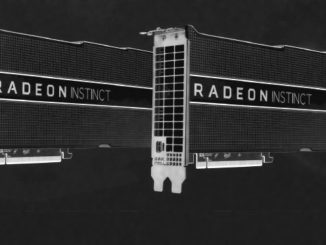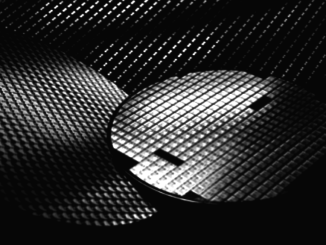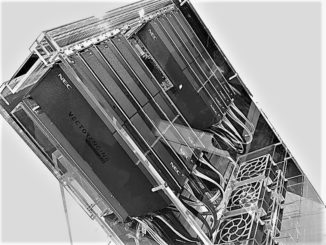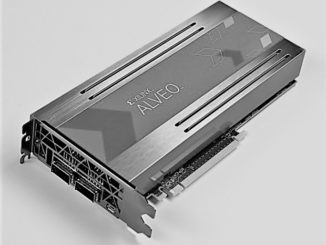
Nvidia Pulls All Of The AI Pieces Together
More than five years ago, Nvidia, driven by its co-founder and CEO, Jensen Huang, turned its considerable focus to developing technologies for the revitalized and burgeoning artificial intelligence space. …

More than five years ago, Nvidia, driven by its co-founder and CEO, Jensen Huang, turned its considerable focus to developing technologies for the revitalized and burgeoning artificial intelligence space. …

Updated: AMD’s “Rome” processors, the second generation of Epyc processors that the company will be putting into the field, are a key step for the company on its path back to the datacenter. …

Computing power and big data are fundamental to the bioinformatic research being carried out by the Leadership Computing Facility at the Oak Ridge National Laboratory (ORNL) in Tennessee. …

The data-heavy medical field has long been seen as fertile ground for artificial intelligence (AI), where machine learning and deep learning techniques could crunch through mountains of data to drive everything from research to personalized medicine. …

In the early days of artificial intelligence, Hans Moravec asserted what became known as Moravec’s paradox: “It is comparatively easy to make computers exhibit adult-level performance on intelligence tests or playing checkers, and difficult or impossible to give them the skills of a one-year-old when it comes to perception and mobility.” …

When you look at IBM, it is as if you are seeing many different instantiations of Big Blue across time playing out in the present, side by side. …

Ever since the “Aurora” vector processor designed by NEC was launched last year, we have been wondering if it might be used as a tool to accelerate workloads other than the traditional HPC simulation and modeling jobs that are based on crunching numbers in single and double precision floating point. …

There are an increasing number of ways to do machine learning inference in the datacenter, but one of the increasingly popular means of running inference workloads is the combination of traditional CPUs acting as a host for FPGAs that run the bulk of the inferring. …

There is a battle heating up in the datacenter, and there are tens of billions of dollars at stake as chip makers chase the burgeoning market for engines that do machine learning inference. …

There are a lot of different kinds of machine learning, and some of them are not based exclusively on deep neural networks that learn from tagged text, audio, image, and video data to analyze and sometimes transpose that data into a different form. …
All Content Copyright The Next Platform